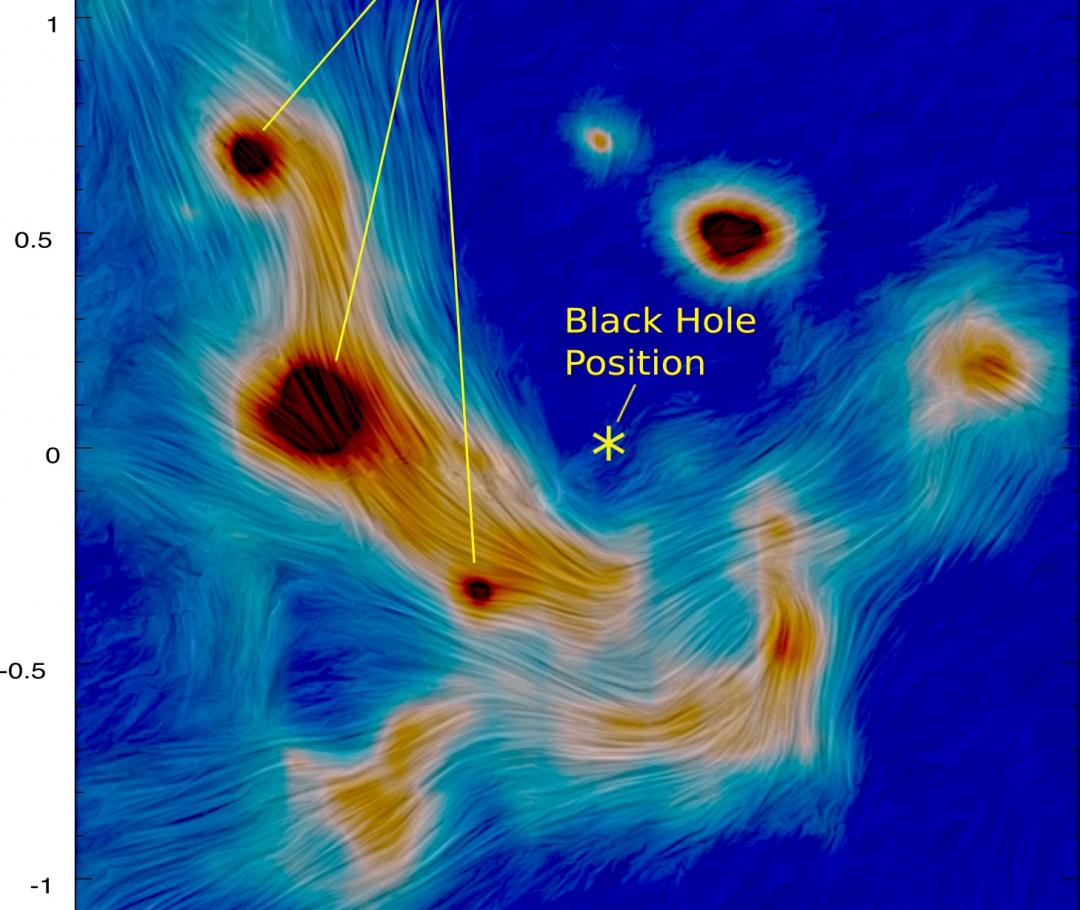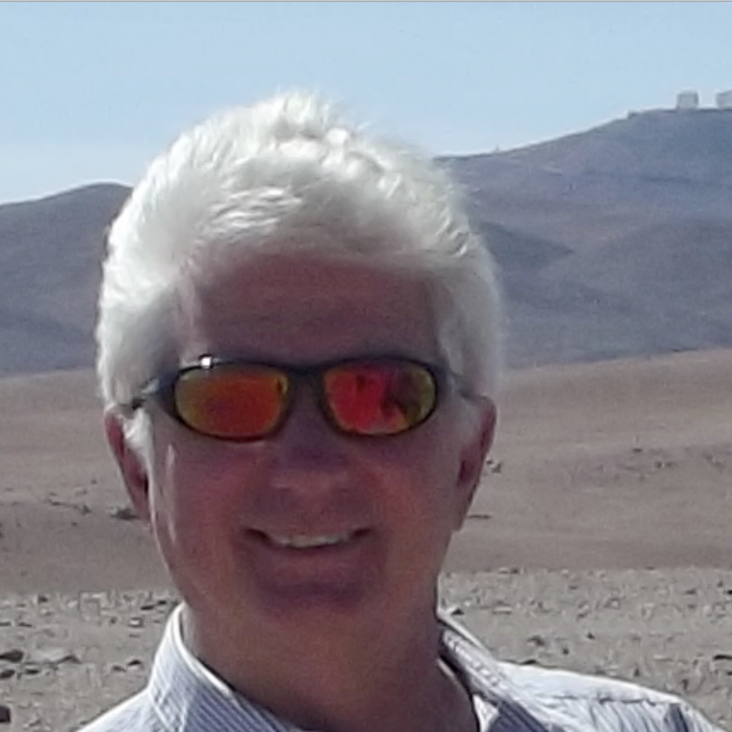
I am an astronomer with particular interests in astronomical instrumentation, telescopes and new observational techniques, and with research programmes studying the nature and composition of cosmic dust, the interstellar medium and star formation processes. The picture shows magnetic field vectors in the central parsec of the Milky Way galaxy traced by polarised 12 µm emission from warm dust grains obtained with Canaricam on the Gran Telescopio Canarias.
A full list of my publications may be found here and a list of refereed publications here.
I have held a number of roles in observatory management and oversight including as President and delegate of ESO Council, Chair and member of the ALMA Board, member of the ESO and ALMA visiting committees, Chair of the AAT and the UKIRT Boards, and Chair and member of the ESO Scientific Technical Committee.
The European Southern Observatory operates and develops world-leading astronomical facilities in the Atacama desert in Chile, including the telescopes of the Paranal and La Silla observatories and the APEX sub millimetre dish. ESO is a partner in the Atacama Large Millimetre/Sub-millimetre Array, together with North America and East Asia in cooperation with the republic of Chile. ALMA consists of 66 antennae operated at an altitude of 5000m and has opened up the cold universe to detailed study at unprecedented sensitivity. The ESO Extremely Large Telescope, a 39-m diameter optical/infrared telescope, which will be the most powerful facility of its kind, is currently under construction on Cerro Armazones, about 20km from Paranal, and is scheduled to have its first light on the sky in 2025.
I am a Fellow of Hertford College


